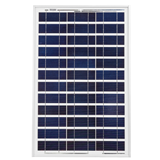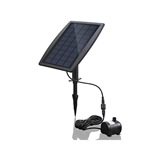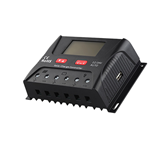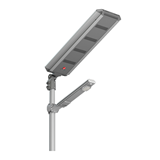The cells, known as semiconductor quantum dot sensitised solar cells, are new generation solar cells, which offer the potential to exceed the conventional theoretical maximum solar energy conversion efficiency of 30 per cent.
By modifying the size and shape of the quantum dots, the maximum efficiency will be boosted considerably.
Associate Professor Yasuhiro Tachibana, from the School of Aerospace, Mechanical and Manufacturing Engineering, said the research sought to influence aspects of the photo-induced electron transfer reaction which occurs inside each solar cell, using "time-resolved laser spectroscopies".
The work to date has been promising, he said.
"Semiconductor quantum dots are one of the most attractive nano-materials for solar cell technology," Tachibana said.
"The key research is to identify the underlying parameters which control the electron transfer reactions at the nano-material interface, determining the solar energy conversion efficiency."
The RMIT research project is being supported by the Japan Science and Technology Agency (JST), Japan.






